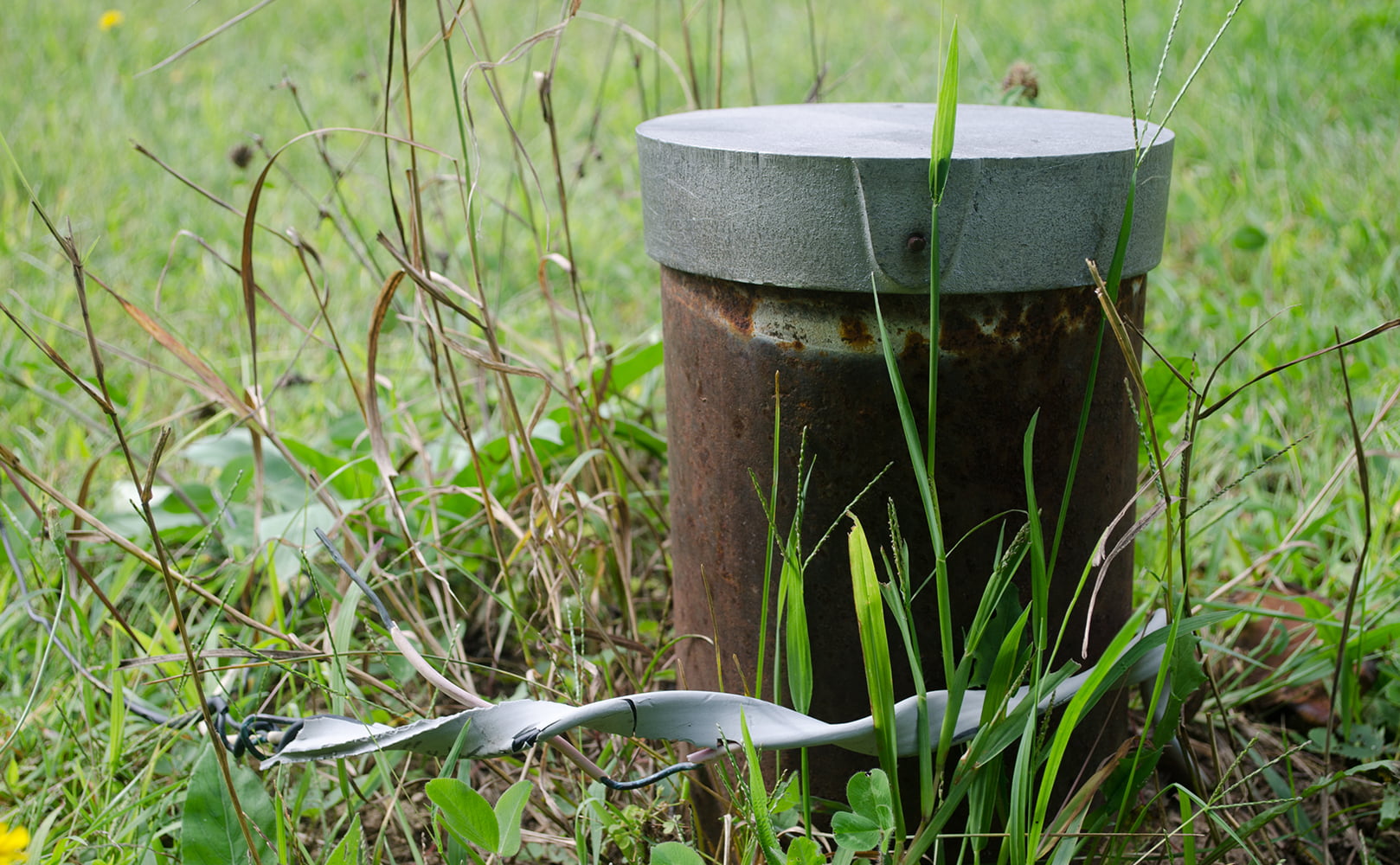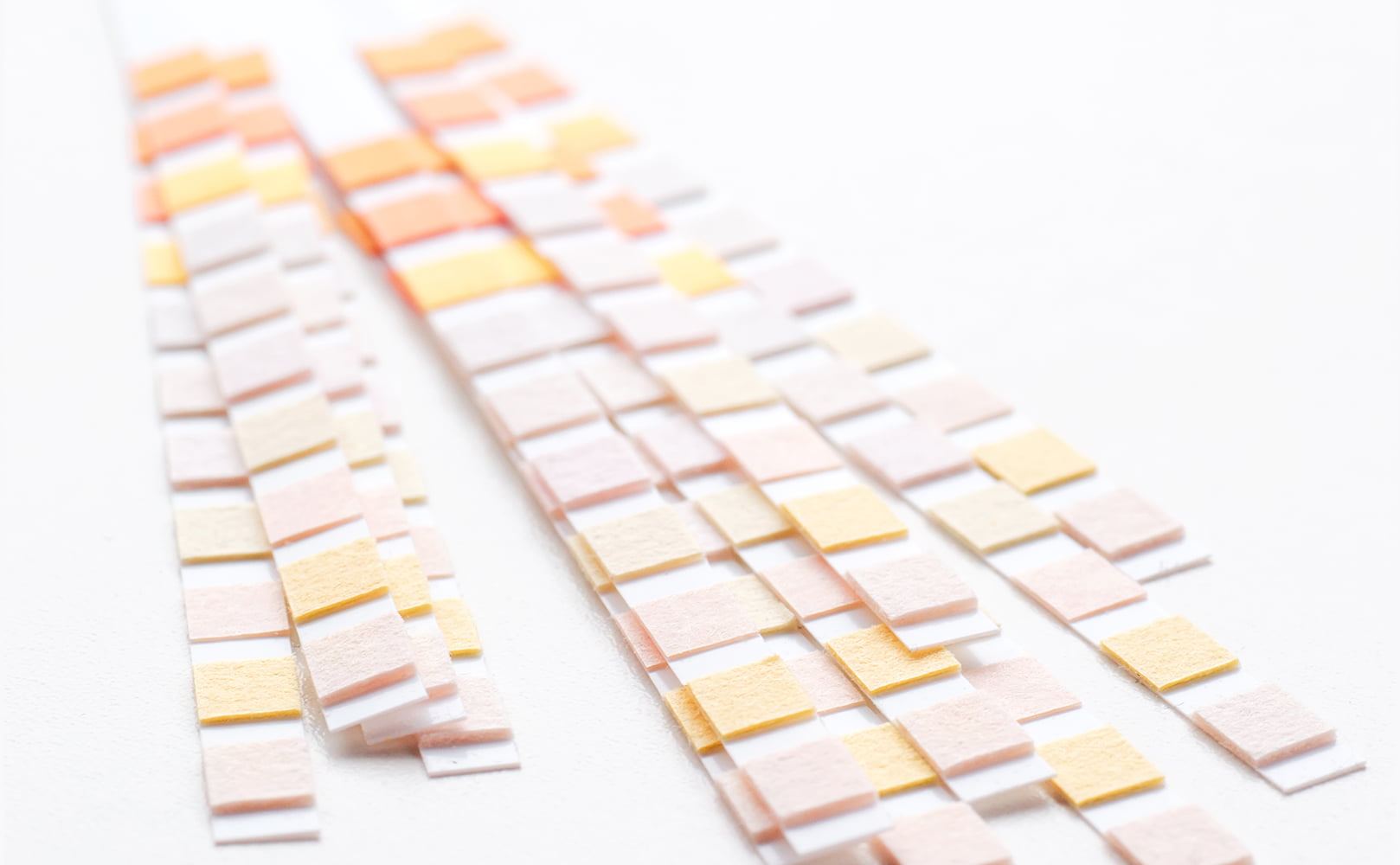How to Filter Muddy Well Water | Full Guide
Written by: Gene Fitzgerald // Last Updated: Sep 20, 2022
This page may contain affiliate links. If you buy a product or service through such a link we earn a commission at no extra cost to you. Learn more.
Having a private well has its perks. You don’t pay any water bills, and you can enjoy better-tasting mineral-rich water.
But despite its upsides, well water isn’t perfect. Well water is highly vulnerable to mud contamination, which can make it almost impossible to use. Filtering your well water is often the only way to keep the mud out.
In this article, we’ll show you how you can filter muddy well water and make it safer to use.
Key Takeaways
These are the steps on how to filter muddy well water:
- Have your well inspected to determine the cause of the muddy water. Consider consulting an expert that may be able to resolve the issue entirely.
- Flushing your well can also help.
- Conduct a well water test.
- Add an appropriate well water filtration system to address the cause of the muddy water. This could be a spin down/centrifugal filter, a cartridge-based sediment filter, a backwashing filter system, or an iron/manganese filter.
Where Does the Mud in Your Well Water Come From?
Here’s how mud gets into your well water;
Issues with Your Well
Mud can get into your well water if the well is damaged or if there’s a problem with the well’s structure. If your well water suddenly becomes muddy, observe the well for any signs of damage and if you can’t find any, seek help from a well driller or a pump contractor. They’ll observe the well, find the problem, and tell you the best solutions.
Here are some specific well issues to investigate:
Well Construction
Water from a perfectly constructed well is usually mud-free because it’s done by an experienced well driller who uses the correct well depth and drilling methods.
On the flip side, inexperienced well drillers tend to make drilling mistakes that can lead to muddy well water problems. If an amateur constructed your well, you’re more likely to have mud in your water. If you suspect the well’s construction is the issue, get an experienced well driller or contractor to have a look at your well.
Well Pump
A well pump’s size can affect the quality of water it produces. When the pump is too large, it becomes too powerful for the well, and sand and silt are forced into your water supply.
Other times, the position of the pump could pull mud and sand into the well from the surrounding aquifer. For example, if the pump sits too low in the well, it starts to pump up sand and mud.
It’s usually best to set the well pump at a minimum of 10–20 feet above the well’s base.
Well Screen or Casing
Wells are usually lined with steel, iron, or PVC plastic casing. This casing is installed along the well shaft. Then there is the well screen. It allows water from the surrounding rock beds to penetrate and reach the well, and prevents sand and silt from entering.
If the screen or casing is eroded or degraded, sand and silt can easily get into a well, and muddy water is pumped up.
Thus, if your well screen/casing is damaged, you’ll need to repair/replace it.
Corroding Pipes
Sometimes, your water’s reddish color isn’t mud – it’s iron rust. This happens when the pipe connecting your home with the well pump or tank is corroded, and the water traveling through gets discolored by rust.
For this problem, you need an experienced plumber to track the source of the rust and replace the corroded pipes.
Iron or Manganese (Red/Brown Mud)
Another common cause of muddy well water is the presence of iron and other metals like manganese. Sometimes, as water travels through bed rocks and surrounding aquifers, it absorbs these elements in large quantities, giving the water a muddy color.
If your well water is high in iron or other impurities, you may need an iron filter to eliminate them.
Organic Matter, Sand, and Other Dirt
A shallow well is more susceptible to sand, dirt and organic matter contamination. If your well is less than 50 feet deep, your well water may get cloudy and muddy when it rains.
After heavy rainfall and flooding, dirt and organic matter easily run off into shallow wells, contaminating them and making them appear muddy.
How to Filter Muddy Well Water?
Before you start filtering your muddy well water, you should take a few steps.
1. Have Your Well Inspected
If your well water appears muddy, the first step is to inspect your well to determine the cause of the muddy water.
If you can’t figure out what it is, consider getting a professional to check the well and pump. They can put a camera down your well and inspect it to see whatever went out of line and have it fixed.
If you fail to find sand or sediment, then the muddy-colored water could be from rust or other mineral contaminants.
2. Flush Your Well
In some cases, flushing your well might help remove the mud. To flush your well, pump and run your water until it’s clear and free from any trace of mud.
Using a hose, direct the flushing water to nearby drainage rather than into your septic system or public sewer.
3. Conduct a Well Water Test
If nothing changes after flushing the well, then the next step is to test your well water. A water test tells you the exact impurities and minerals in your water. You can test your water using simple water test kits. However, for a more in-depth result, it’s best to take a water sample to a state-certified laboratory.
4. Add Well Water Filtration
Once you have found the cause of the muddy water, the next step is to add the appropriate well water filtration system.
You’ll need sediment water filters if your well contains sand and silt. Here are their most effective types:
Spin Down/Centrifugal Filter
A spin-down water filter is a small-sized filter designed to trap large contaminants like sand, silts, and sediments.
It allows well water to come in at the top and spin in a centrifugal motion. As a result, the contaminants are pushed out of the transparent housing and allowed to settle at the bottom.
A spin-down filter also flushes out its collected sediments, so you don’t need to remove them manually.
Cartridge-Based Sediment Filter
Cartridge-based sediment filters are single-stage filters usually installed before other whole house water treatment equipment.
They are tubular filtration devices that thoroughly filter out large particles like rust chips, dust, and sand particles from well water. Unlike spin-down filters, cartridge-based sediment filters must be manually cleaned/replaced regularly.
Backwashing Filter System
Backwashing water filters are large water filters designed to clean themselves periodically when saturated with impurities.
When its filter bed is saturated with debris and impurities, a backwashing filter can reverse the water flow so that the accumulated particles are flushed out of the system.
Iron/Manganese Filter
If your muddy well water reads positive for minerals like iron or manganese, installing an iron or manganese filter is advisable. You can try other treatment methods, but the safest is using an iron water filter.
If you have any questions about how to filter muddy well water please don’t hesitate to leave a comment below!
Information provided on BOS is for educational purposes only. The products and services we review may not be right for your individual circumstances.
We adhere to strict editorial guidelines. Rest assured, the opinions expressed have not been provided, reviewed, or otherwise endorsed by our partners – they are unbiased, independent, and the author’s alone. Our licensed experts fact-check all content for accuracy. It is accurate as of the date posted and to the best of our knowledge.



